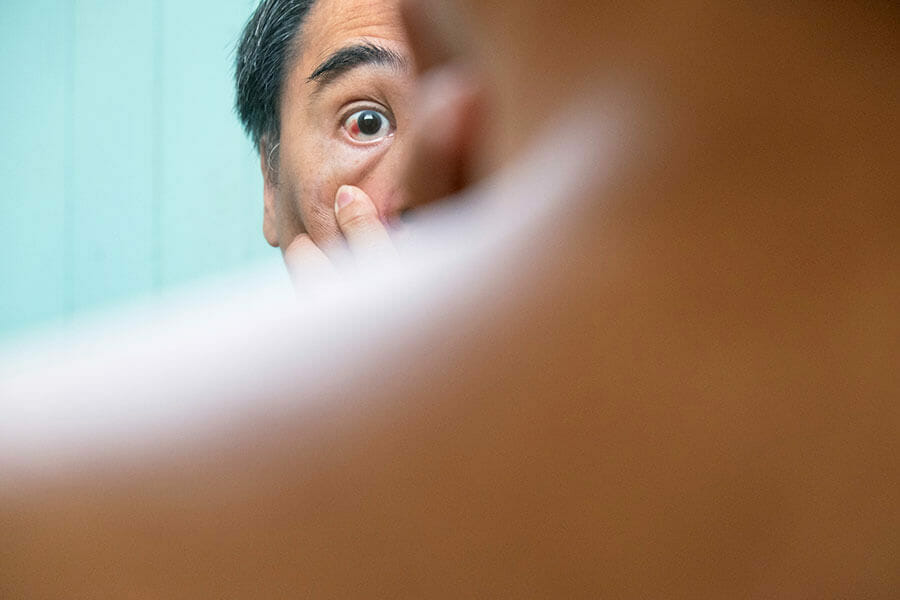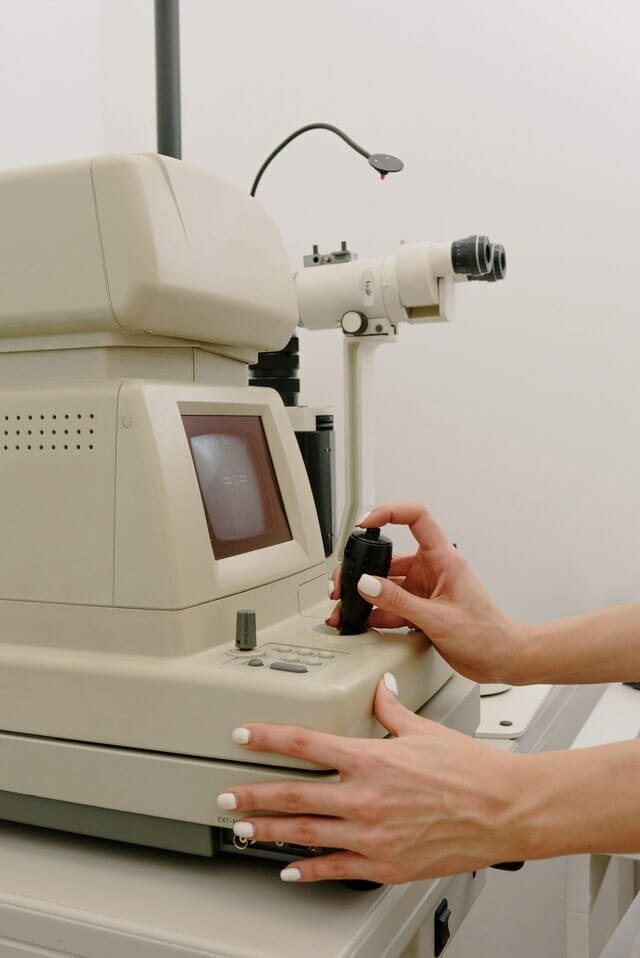What are the different stages of Best disease?
Best disease progresses through six stages. They are discussed below:
Stage I - Pre Vitelliform
At this point, you are likely to not be experiencing symptoms and you have not yet developed the yellow material below your retina.
Stage II - Vitelliform
This term vitelliform means shaped like an egg. At this stage, yellow material is forming an egg-like shape. You may still have good vision.
Stage III - Pseudohypopyon
It is possible that the yellow material that was forming under the retina at stage 2 will develop into a cyst.
Stage IV - Vitelliruptive
Your retina may begin to be damaged by the yellow material, and your vision may be affected.
Stage V- Atrophic
As the yellow material disappears, it leaves scars and damaged cells behind. This stage is considered to be the final phase of Best disease by some researchers.
Stage VI - Choroidal neovascularization or CNV
There are some researchers who believe that CNV is the final stage of Best disease, while there are others who believe that it is a complication of it. About 20% of people with Best disease develop CNV. Choroid neovascularization refers to the development of new blood vessels. Those blood vessels may leak, causing your vision to deteriorate.











